Collection: Lobes
-
 Sold out
Sold outSilver Legacy Huggies
Regular price $79.00 NZDRegular priceUnit price / per -
Rose Gold Legacy Huggies
Regular price $79.00 NZDRegular priceUnit price / per -
Gold Legacy Huggies
Regular price $79.00 NZDRegular priceUnit price / per -
 Sold out
Sold outRose Gold Aurora Huggies
Regular price $79.00 NZDRegular priceUnit price / per -
 Sold out
Sold outSilver Aurora Huggies
Regular price $79.00 NZDRegular priceUnit price / per -
Gold Aurora Huggies
Regular price $79.00 NZDRegular priceUnit price / per -
Rose Gold Pulse Huggies
Regular price $75.00 NZDRegular priceUnit price / per -
Silver Pulse Huggies
Regular price $75.00 NZDRegular priceUnit price / per -
Gold Pulse Huggies
Regular price $75.00 NZDRegular priceUnit price / per -
Rose Gold Decadent Huggies
Regular price $75.00 NZDRegular priceUnit price / per -
 Sold out
Sold outSilver Decadent Huggies
Regular price $75.00 NZDRegular priceUnit price / per -
 Sold out
Sold outGold Decadent Huggies
Regular price $75.00 NZDRegular priceUnit price / per -
 Sold out
Sold outRose Gold Bloom Huggies
Regular price $75.00 NZDRegular priceUnit price / per -
 Sold out
Sold outSilver Bloom Huggies
Regular price $75.00 NZDRegular priceUnit price / per -
 Sold out
Sold outGold Bloom Huggies
Regular price $75.00 NZDRegular priceUnit price / per -
 Sold out
Sold outRose Gold Astral Huggies
Regular price $75.00 NZDRegular priceUnit price / per -
 Sold out
Sold outSilver Astral Huggies
Regular price $75.00 NZDRegular priceUnit price / per -
 Sold out
Sold outGold Astral Huggies
Regular price $75.00 NZDRegular priceUnit price / per -
Rose Gold Daphne Huggies
Regular price $72.00 NZDRegular priceUnit price / per -
Silver Daphne Huggies
Regular price $72.00 NZDRegular priceUnit price / per -
Gold Daphne Huggies
Regular price $72.00 NZDRegular priceUnit price / per -
 Sold out
Sold outRose Gold Dagger Huggies
Regular price $72.00 NZDRegular priceUnit price / per -
 Sold out
Sold outSilver Dagger Huggies
Regular price $72.00 NZDRegular priceUnit price / per -
 Sold out
Sold outGold Dagger Huggies
Regular price $72.00 NZDRegular priceUnit price / per
Ear piercings
-
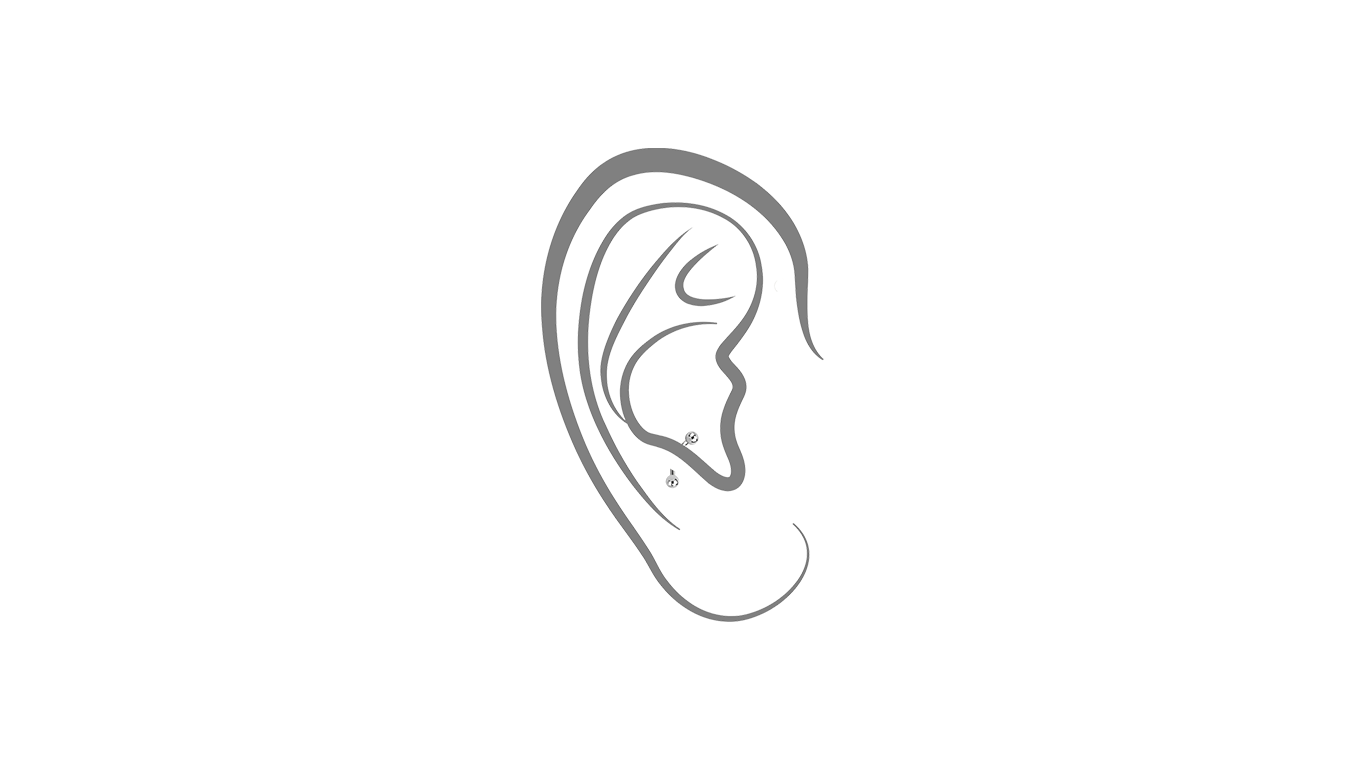
Anti-Tragus Piercing Jewellery
The anti-tragus passes through the protruding piece of cartilage across from the...
-
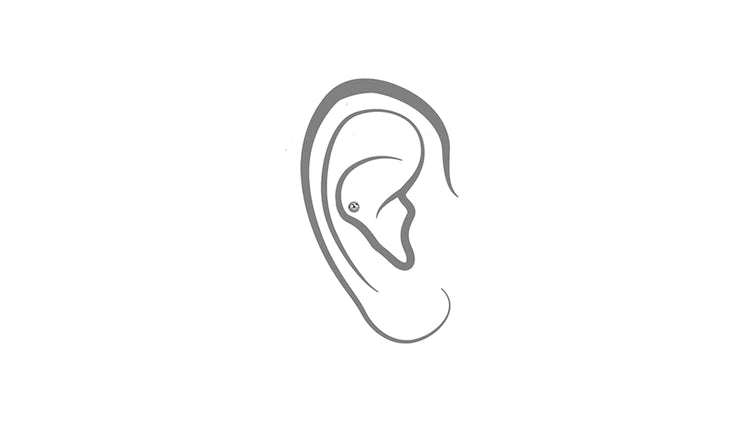
Conch Piercing Jewellery
The conch piercing is located in the cup-shaped area adjacent to the...
-
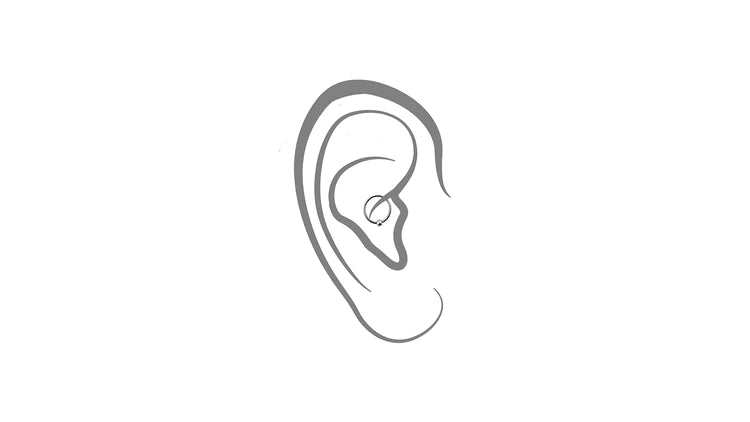
Daith Piercing Jewellery
The daith piercing is the innermost fold of cartilage in the ear...
-
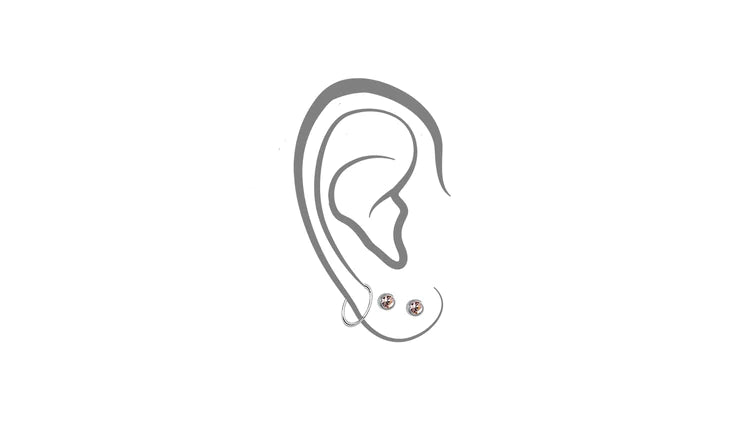
Earlobe Piercing Jewellery
This may be the first piercing you have as a child or...
-
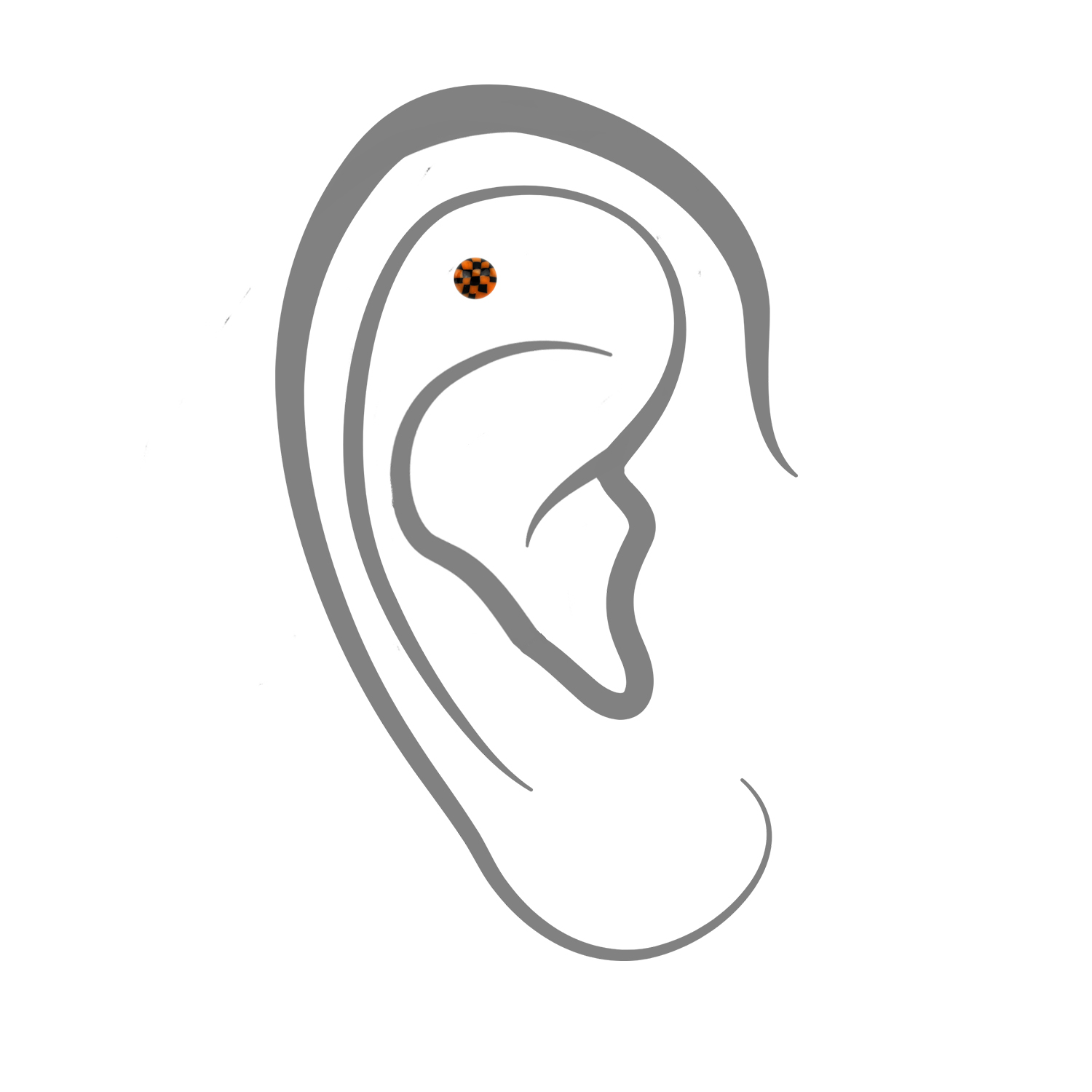
Flat Piercing Jewellery
The flat piercing is placed in the centre of the flat part...
-
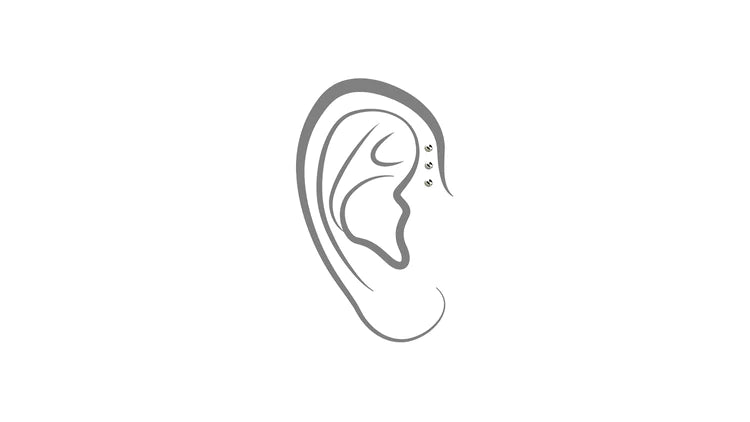
Forward Helix Piercing Jewellery
The forward helix is done in the lower helix fold above the...
-

Helix Piercing Jewellery
The helix piercing is a piercing done at the top part of...
-
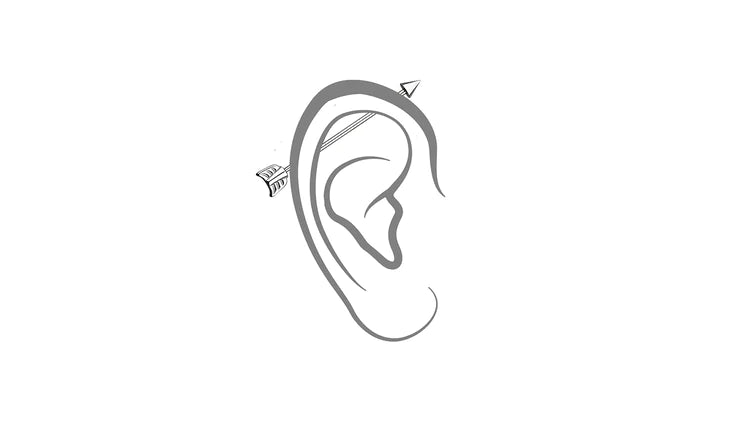
Industrial Piercing Jewellery
The industrial piercing is a barbell that runs from one side of...
-
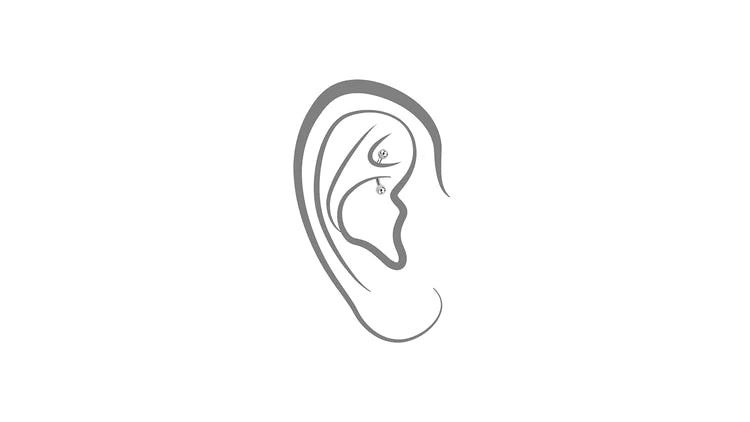
Rook Piercing Jewellery
The rook is on the cartilage fold on the upper inner ear. ...
-
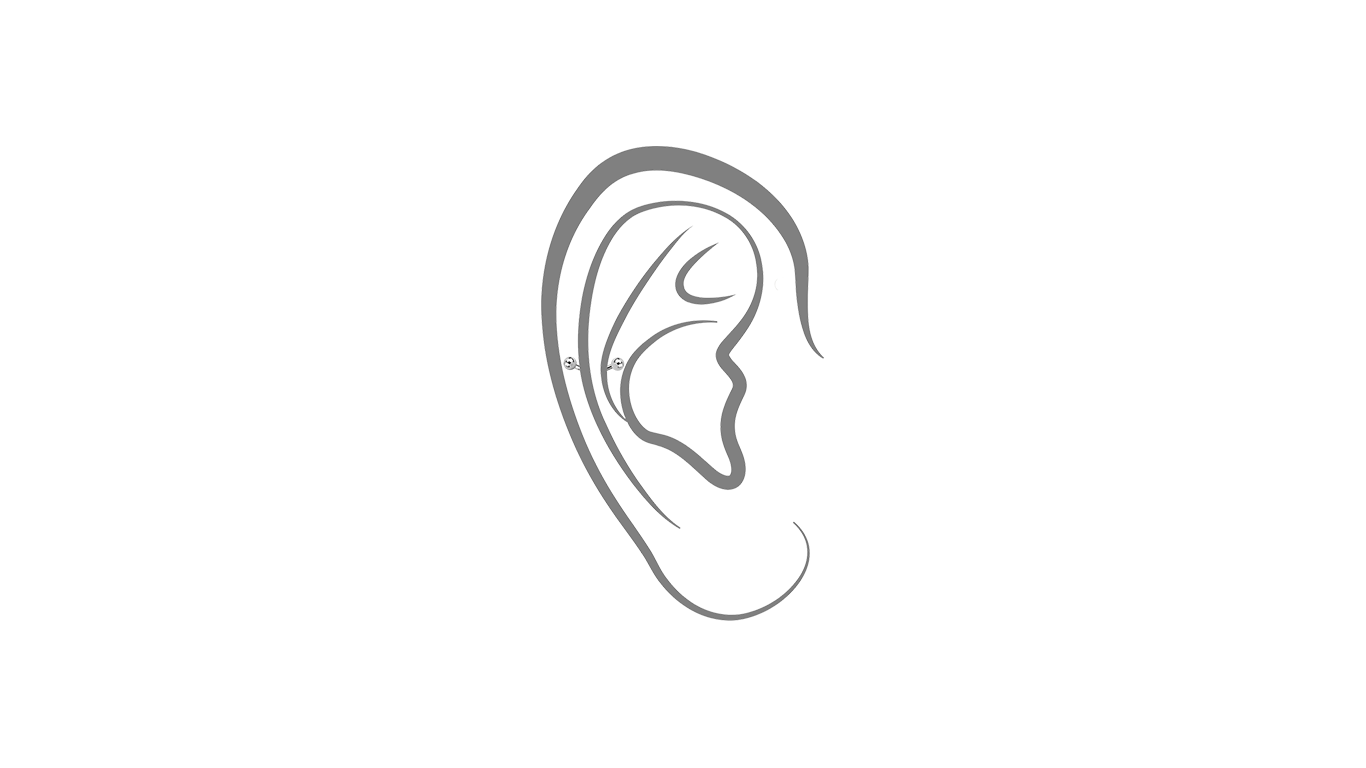
Snug Piercing Jewellery
The snug is done in the outer protruding ridge of the cartilage....
-
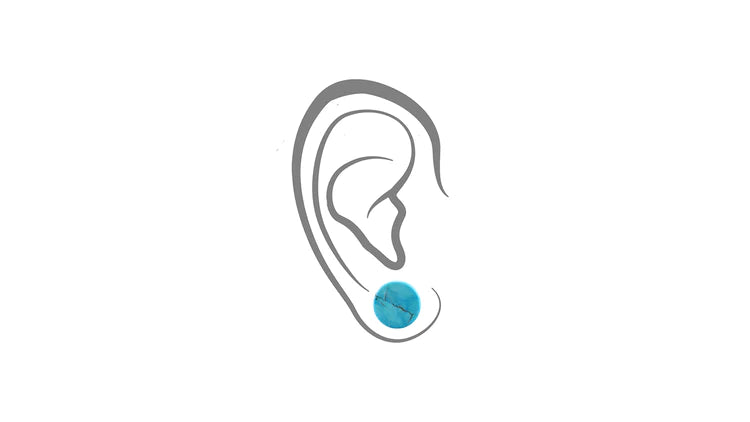
Stretched Lobes
Stretched lobes, also known as ear gauging or ear stretching, refer to...
-
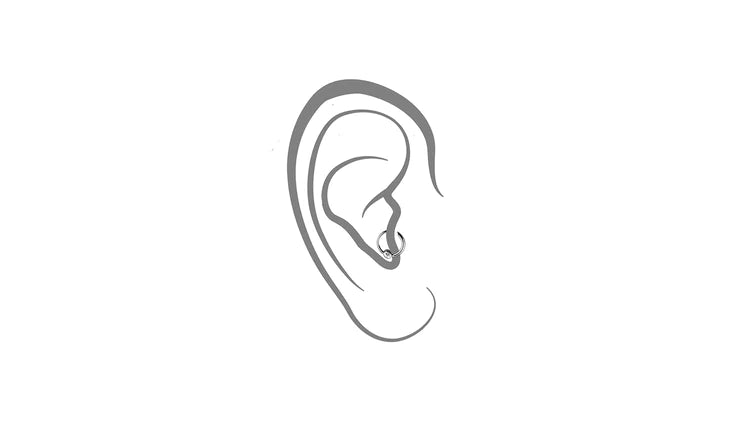
Tragus Piercing Jewellery
The tragus piercing is the small triangular shaped cartilage flap which is...




































